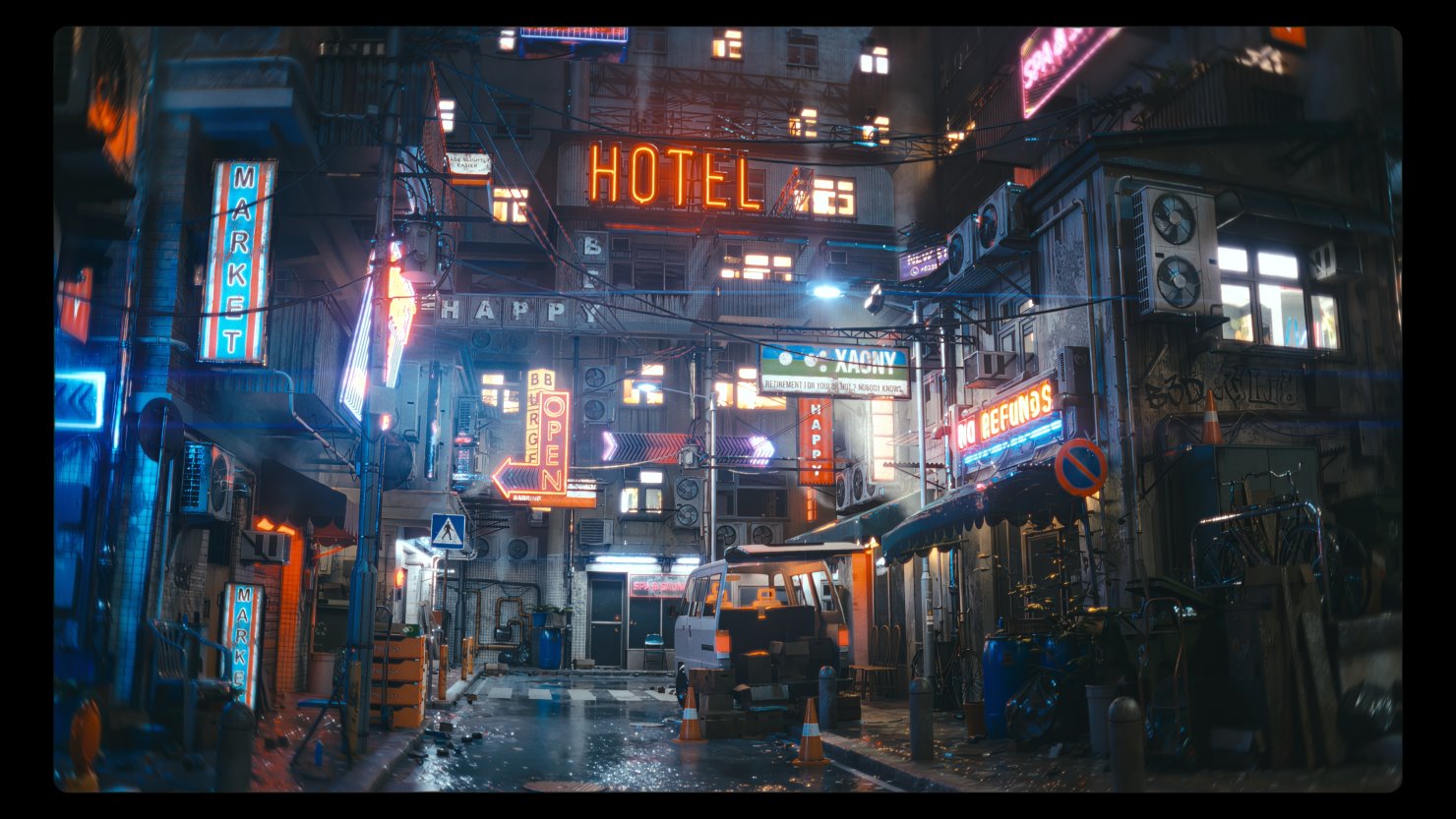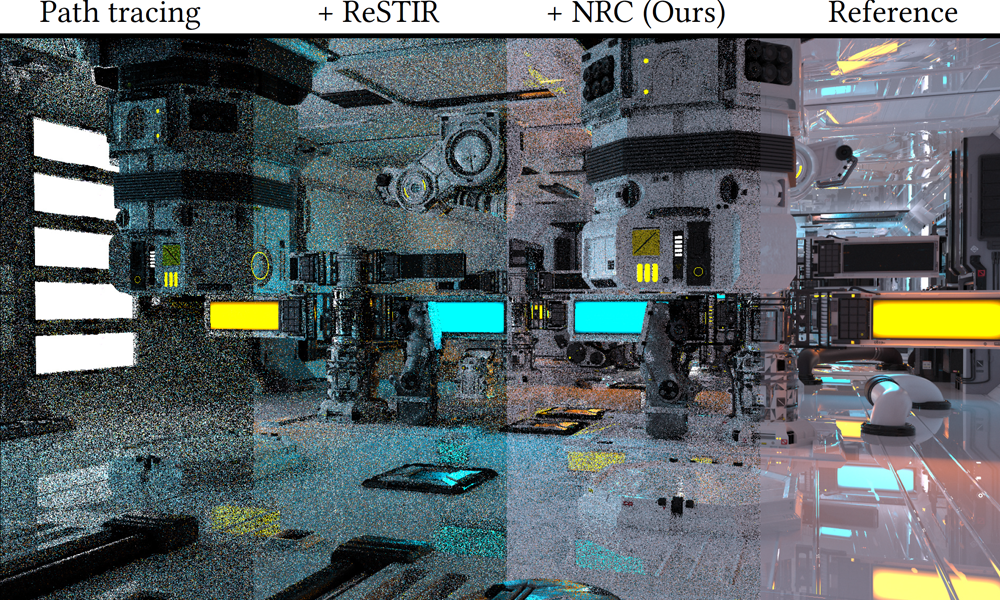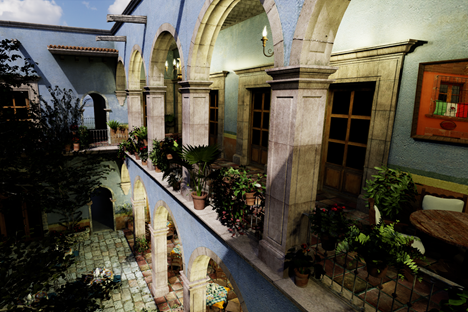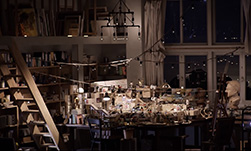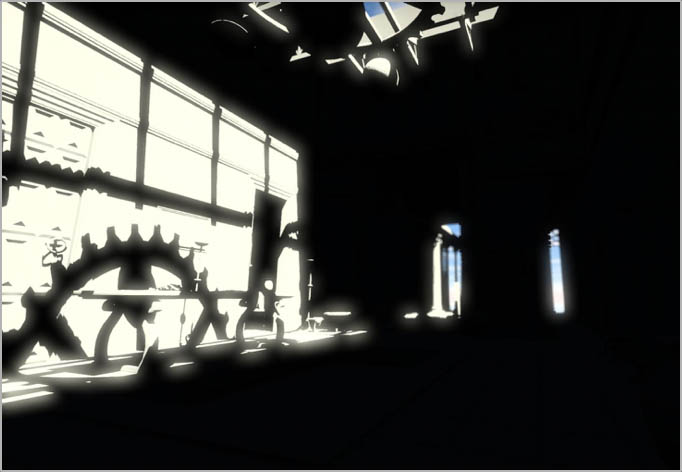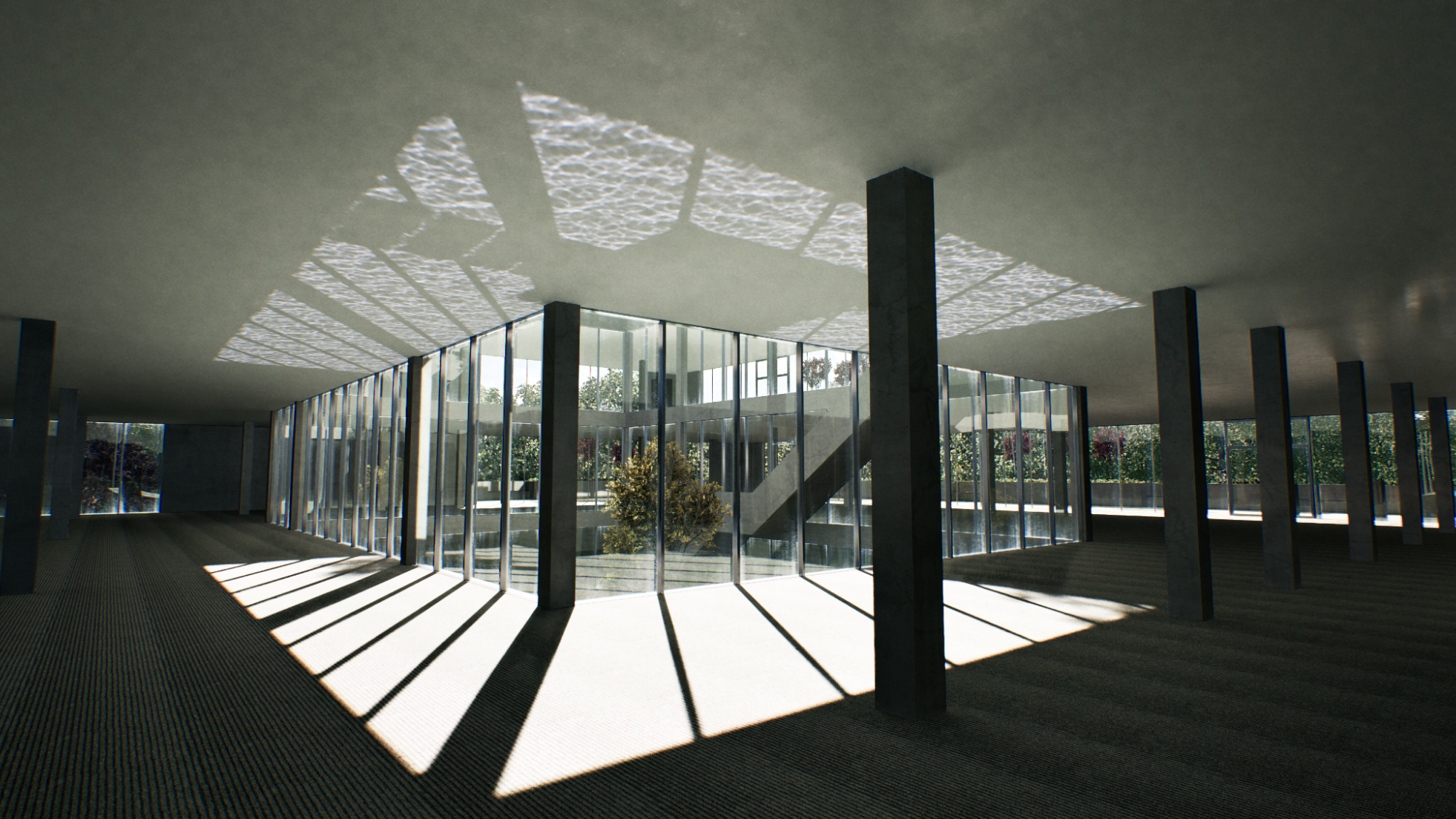NVIDIA recently caught up with veteran-level lighting artist Ted Mebratu to find out how he pushed real-time lighting to its limits with the Rainy Neon Lights scene created by environment artist Maarten Hof. Using an NVIDIA RTX 3090Ti and the NVIDIA RTX Branch of Unreal Engine (NvRTX), Mebratu spoke to NVIDIA about what his aspirations were for the scene and pushing the limits of real-time lighting.
What do you want to achieve with this scene?
Mebratu: Ultimately, I wanted to explore the potential future of real-time lighting for the next generation of games and real-time graphics. Most current and upcoming games still need to rely on a prebaked global illumination system to some extent. This is because ray tracing and real-time global illumination remain quite resource-intensive. There’s a significant concern regarding artistic freedom when working with a fully dynamic GI system.
With a prebaked lighting setup, you can incorporate thousands of baked lights without impacting performance, except for the bake time. This enables significant artistic control over where your light goes, what it affects, and how far and intensely indirect bounces travel across the scene. However, when using real-time global illumination, your options become constrained because each additional light that you introduce comes with a performance cost.
Technologies like RTXDI and DLSS have the potential to narrow this gap, enabling much greater artistic control and capability while maintaining performance efficiency.
Why did you choose RTXDI for this project?
Mebratu: I’m always looking to push the limits of real-time lighting with Unreal Engine 5 in my personal projects. When I came across RTXDI, the decision was a no-brainer for me. Having an unlimited runtime light budget combined with a real-time global illumination technique like Lumen creates an incredible combination for achieving results that are near to path-traced quality. For the scene, there were a total of 141 dynamic shadow-casting lights with the attenuation radius set to maximum. This enabled me to focus on the aesthetics and not worry about technical limitations.
Was installing and getting up to speed with RTXDI through NvRTX a smooth process?
Mebratu: I have experience building engines from sources like voxel-based GI (VXGI), so compiling NvRTX was a smooth process. I compiled the UE5.2 version of the NvRTX branch and did a series of extensive lighting tests and scenarios. Specifically, I selected scenes that were densely populated with numerous light sources and approached the scene lighting from a real-world perspective. Since I didn’t have to worry about faking lighting effects for the sake of performance, I placed point, spot, and area lights with infinite radii and adjusted the sizes and shapes of the lights to closely match the actual shapes of the light sources.
More resources
For more artwork by Ted, check out his ArtStation page. Learn more about NVIDIA resources for Unreal Engine developers and NvRTX training resources, and join the Level Up with NVIDIA webinar series to ask questions directly about your NVIDIA RTX integrations in Unreal Engine.
